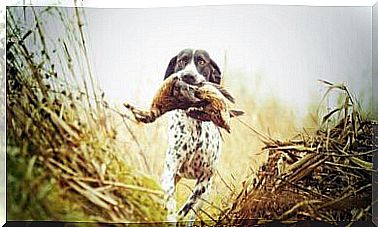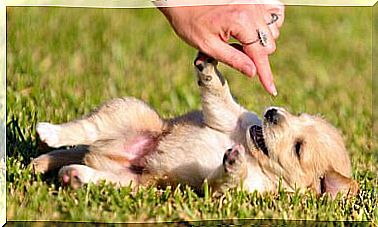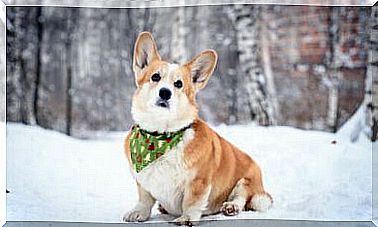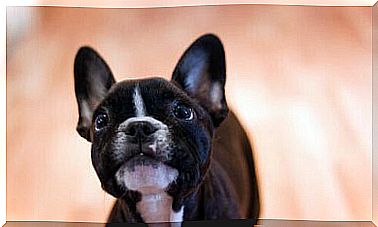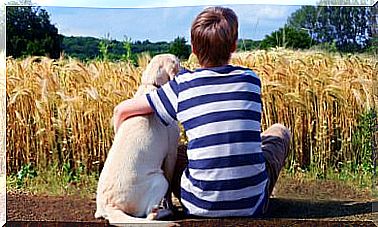The Domestic Pheasant Breeding
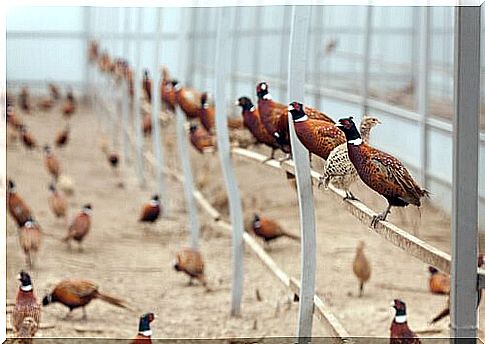
The pheasant is a species of bird originally from Asia. Many years ago, it was one of the favorite birds for hunting. Over time, this animal has gained popularity for being an important gastronomic dish. That’s why it’s very common to breed the pheasant at home today.
After these birds left Asia and spread across the world, the pheasants were in danger of extinction. It was thanks to mixing with other races, in other countries of the world, that pheasants managed to survive. And it is precisely because of this mixture that, today, there are a great number of types of pheasant.
Pheasant Characteristics
Physically, the pheasant is a bird that is characterized by having medium height and colored plumage. Proportionally, your head is smaller than the rest of your body.
Pheasants can measure between 60 and 90 centimeters, while wings can have a length ranging from 70 to 90 centimeters. The weight of pheasants ranges from 500 grams – when they are small – to three kilos when they are adults. On average, the male always weighs more than the female.

Diversity of Pheasants
When the common pheasant came out of Asia and mixed with other bird species, 30 subspecies of pheasants emerged. They differ mainly by their plumage and the intensity of their colors. They also differ in soil types and in the countries where they live.
Among the best known types are the common pheasant, the blue pheasant, the Chinese pheasant, the golden pheasant and the satyr pheasant.
Domestic Pheasant Breeding
Territoriality
The wild pheasant resides in meadows, forests and fields. It is a bird that is used to living in very large spaces, where it can enjoy a free flight. That is why, when creating them, it is necessary to guarantee them a wide territory in which they can feel comfortable.
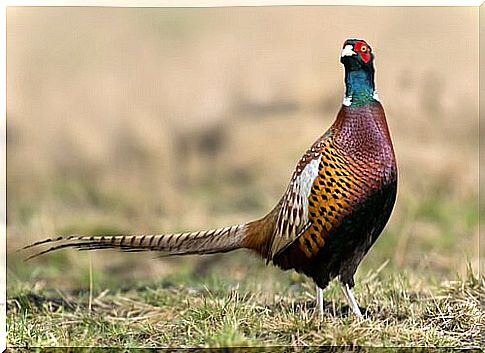
Specialists in domestic breeding claim that each bird must have two square meters. It is very important to consider this fact, especially if the animal will be raised in large quantities. Pheasants like to hide and sleep in trees, so the best environment to raise them is in a caged area, but with natural cultivation.
food
These birds feed on plant and animal organisms. Among other things, they eat seeds, nuts, leaves, lizards, snakes and some small animals. Farmers often feed them industrial products for peacocks or chickens.
Know the life stages for domestic pheasant rearing
It is noteworthy that when pheasants are in their offspring stage, very meticulous care must be given to them, as they do not control their temperature.
- The first step is the hot one. After birth and up to the first 60 days, pheasants must be under infrared rays at high temperatures, approximately between 35 and 40ºC.
- The second stage is the cold one. Birds begin to know the temperature of the outside world and now sleep in beds made of chips and sawdust.
- The third step is the exterior. When these birds are at least 150 days old, they are then kept in cages at room temperature.
machinery
For domestic pheasant breeding it is essential to have the proper machinery, especially when the birds are still young. If the reason for breeding is to sell eggs or birds, it is necessary to have incubators. Other very useful elements can be the spacious outdoor cages and infrared signals.
Usefulness of creation
Currently, people breed this type of poultry by selling their meat, which is highly sought after in luxury restaurants around the world. Another reason is to sell your eggs. There are entrepreneurs who also raise pheasants and then sell them to hunting businesses. We cannot forget also those who prefer to have these animals as pets.

